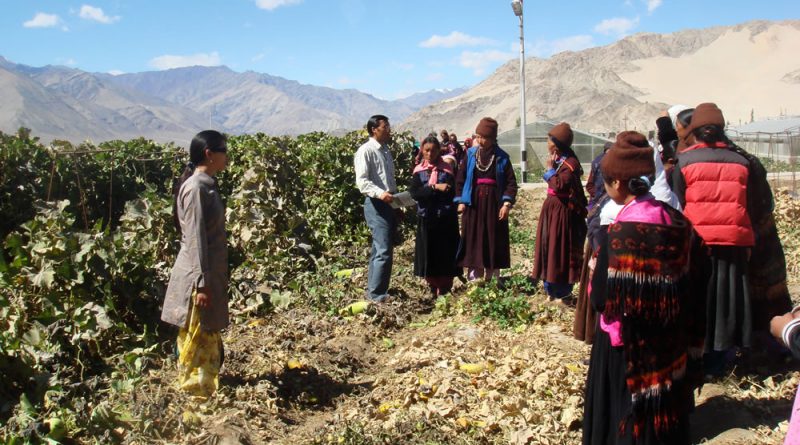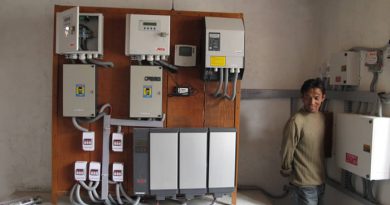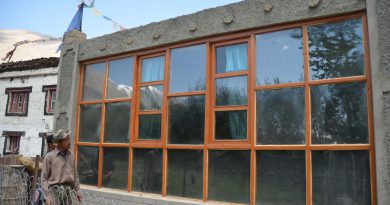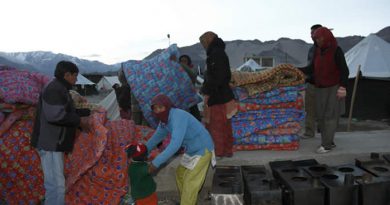FRUIT PROCESSING IN COLLABORATION WITH SIR DORABJI TATA TRUST MUMBAI
Duration:
2013 – 2015
Project goal:
Sustainable Utilisation of Natural Resources for improved earnings through Value Addition & Increased Agricultural Productivity.
Project Funder:
The project is supported by R D Tata Trust, India
Aims and Objectives:
Augmentation of Income sources through Sustainable & Efficient utilisation of Indigenous Resources. Like any other mountain community, agriculture in Ladakh is characterised by small marginal land holdings, low productivity and mainly subsistence agriculture. Most of the households are multi-occupational & recent socio-economic developments have opened alternate employment opportunities. As a result more and more people especially the young and male members of the family are moving out of the villages to the urban centres in search of more gratifying livelihood options. Rural-Urban migration has become a common trend in Ladakh. Thus its mostly the women and the older people who are left back in the village to look after agriculture, horticulture and livestock along with taking care of the household.
The project aims a holistic approach to Rural Livelihoods by a cluster development approach in two different blocks of Leh. The main objective of the project is to help in augmentation of Income sources of the rural communities through the utilisation of Indigenous resources, agricultural and horticultural, particularly value addition & improvisation of local produce, market exploration, Capacity building, SHG formation, new seed variety introduction, Exploratory trials and socioeconomic development.
Also efforts is being made to understand the prevailing issues in agriculture and allied fields and propose initiatives to make it more remunerative through diversification, introduction of new techniques\technologies, increasing market access.
Project target group:
Two cluster in Leh District i.e Udmaro in Nubra block and Lehdo in Khaltsi block. The rural population who have limited avenues for income augmentation. The villages identified for both the clusters lie within the inner-line, and are not accessible by the tourist. Thus they are excluded from the otherwise booming tourism economy of Ladakh. The areas have been identified realising the strong need for initiation of such activities depending on the socio-economic conditions. The main source of income for these communities has been subsistence agriculture. Apart from that there is a minimum population manly male who have employment with the army and the government and a substantial amount of army pensioners. With most of the young people fleeing outside the village in search of better education & employment mostly the women and the older people who are left in the villages to take care of the household as well as agricultural activities. So any activity framed should have women as the primary stakeholders. Though these areas are rich in Natural Resources and have strong potential in the local as well as national\international market, factors such as insufficient knowledge about market linkages, processing, quality control and other similar factors, the primary producers receive inadequate returns for these products.



